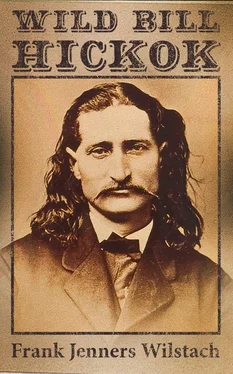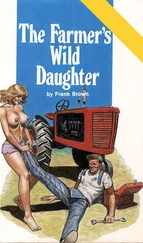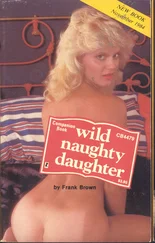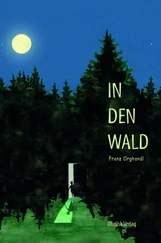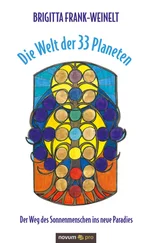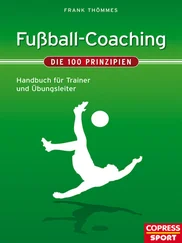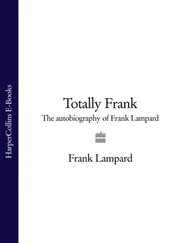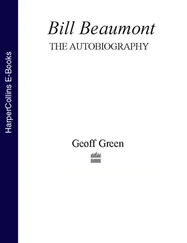We shall see presently, however, that there is considerable room for doubting Captain Kingsbury’s story as related by Buel.
Emerson Hough found in Wild Bill a favourite subject; but, judging from what he wrote of him, it is apparent that he got all his data from the Harper’s Magazine story by Nichols, and from Buel’s sketch. He certainly could not have made any personal investigation of the McCanles affair, for he repeated all the old fables of the incident. In Mr. Hough’s “The Story of the Outlaw,” 1907, he follows the Nichols and Buel yarns of the killing of the “border outlaw Jim McCanles” and nine of his men. Mr. Hough locates the scene of the incident as having been “at the Rock Creek station, about fifty miles west of Topeka.” Rock Creek, Kansas, is a short, distance to the east of Topeka, while the fight occurred at Rock Creek, Nebraska, one hundred miles to the northwest of Topeka. Finally, Mr. Hough repeats Captain Kingsbury's gory story of Bill’s injuries, saying:
“It took Bill a year to recover from his wounds.”
In point of fact, Bill did not receive a scratch in the actual encounter.
What, then, is the conclusion that one must naturally reach? It is the opinion of the writer that while George Ward Nichols saw Wild Bill at Springfield, Missouri, after the war, the alleged conversation had with him as to the McCanles affair, and as published by him in Harper’s , was a gauzy fabrication. That Captain Kingsbury was the Munchausen of the narrative is self-evident. He invented the story and deceived both Nichols and Buel. Nichols let the cat out of the bag when he stated: “I had heard the story as it came from an officer of the regular army, who, an hour after that affair, saw Bill and the ten dead men.” This officer of the regular army must have been Captain Kingsbury, who is also Bud's authority, for he tells the same story of seeing the ten dead men an hour after the killing.
Let us now have a look at “Beadle’s Dime Library,” No. 168, of January n, 1882, the number being devoted to:
“WILD BILL, The Pistol Deadshot:
or, Dagger Don’s Double.”
By Colonel Prentiss Ingraham.
In a note, Ingraham states that the Harper’s story of the McCanles killings was undoubtedly correct for “the particulars were obtained from Captain Kingsbury.” Every time you turn around in this story you bump against the Captain. It is remarkable that up to date no one has dragged him into the daylight and introduced him as a fanciful fabricator, the like of which could not be found in a day’s hunt. And, furthermore, it appears that he had an able assistant in a certain Dr. Joshua Thorne, of Kansas City, Missouri. Doctor Thorne, a “great friend of Captain Kingsbury,” told Buel that “he removed eleven bullets from the person of Wild Bill, nearly all of which were planted within him at the Rock Creek fight, but during all the painful operation Bill gave expression only to sympathetic words for the ferocious enemies he had slain in that memorable encounter.”
As Wild Bill was not fired upon during the fight at Rock Creek, one may naturally suspect that Doctor Thorne was an ally of the Captain in perpetrating this hoax. Even Emerson Hough was deluded, for he stated that when Wild Bill's body was being prepared for burial, it was found to be covered with the scars of many bullet and knife wounds. But Doc Peirce, the amateur undertaker, informs the writer that he did not undress Bill when he prepared him for burial, and so did not see the many scars in question.
1.Fred E. Sutton, writing in the Saturday Evening Post as recently as April 10, 1926, repeats this story.
Конец ознакомительного фрагмента.
Текст предоставлен ООО «ЛитРес».
Прочитайте эту книгу целиком, купив полную легальную версию на ЛитРес.
Безопасно оплатить книгу можно банковской картой Visa, MasterCard, Maestro, со счета мобильного телефона, с платежного терминала, в салоне МТС или Связной, через PayPal, WebMoney, Яндекс.Деньги, QIWI Кошелек, бонусными картами или другим удобным Вам способом.
